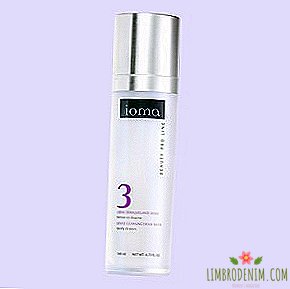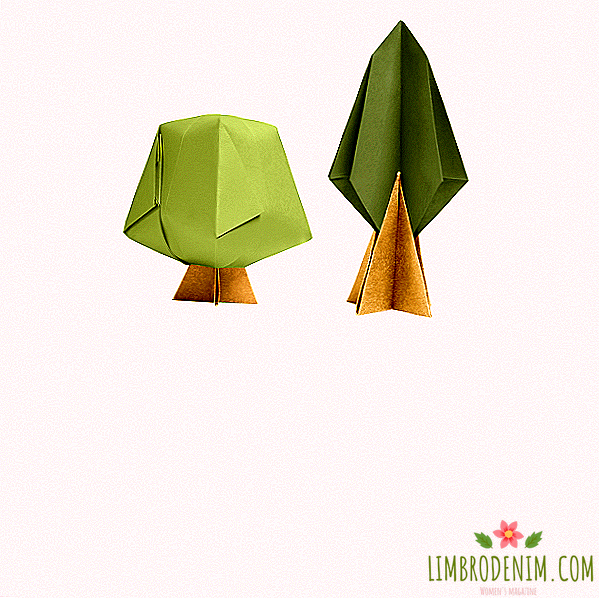Japanese skin: The bad is another beauty myth

margarita virova
The emergence of large trends is an important process. for the beauty industry: every few years, journalists and marketers invent "new trends" that are designed to "turn the game around" and help brands remain fashionable. The beginning of 2018 was marked by predictions about the new Asian fashion - it was recommended to pay attention to how beauty and care are taken to be approached in Japan. J-beauty has already been announced as the main and most progressive cosmetic trend, but this time I want to approach the high-profile forecasts critically.
It is already possible to look at the experiment with the development of Asian traditions in retrospect: of course, the classic "Korean system" and Korean cosmetics have brought a lot of new European and American manufacturers and their audience. Two-stage cleansing has ceased to be exotic, large brands, such as Chanel and Giorgio Armani Beauty, make special Asian collections, and trends like "glass skin" and funny film tints easily stepped from east to west. The Korean fashion has not yet passed, but the hype naturally subsided: cosmetologists and beauty journalists recommend not to get involved in the multi-stage system, and care lovers massively moved towards minimalism. The Japanese moderate approach came in handy.
The exchange of experience is good, but the statement that the interest in Japanese cosmetics will become something new is not too truthful. This market has a long-standing reputation as one of the most progressive: Western technologists regularly travel to Japan to study and learn about the latest developments. A striking example is the creator of his own brand Troy Surrat, who does not hide his interest in the cosmetic industry of this particular country. The extracts of rice and tea matcha and the philosophy of "unobtrusive beauty", which is surrounded by the fresh myth of J-beauty, have nothing to do with it, of course. Specialists associate the Japanese approach primarily not with naturalness and centuries-old traditions, but with universally high quality and new formulas: hydrophilic oil, which the Shu Uemura brand offered fifty years ago, and is now considered the most modern means of purification, and the famous luxury brand Shiseido, trying to keep up with the times, connects to the creation of caring products neuroscience.
Popular resources about beauty gladly embark on discourses on the philosophy of the Japanese approach to beauty, and representatives of famous Japanese brands give extensive comments, as in Japan they respect slowness and lack of excessiveness. Indeed, Japanese manufacturers are not prone to a hasty reaction and do not like to overwhelm the market with one-day products - but the fact that the Japanese beauty industry is more focused on improving formulas is not at all news. Japanese cosmetic suite can not complain about the lack of attention, on the contrary, large and oldest brands calmly compete with European and American and outside the domestic market. Thanks to globalization, today it is easier for us to acquire products of the Japanese mass market like Bioré or Kosé.
But the main archaism, which is clearly visible in particular attention to the Japanese approach in 2018, is that all Japanese women and Japanese should not be declared lovers of natural makeup, invisible tonal foundations, light blush and thoughtful care - representatives of Japanese subcultures were famous for their experimental makeup even before he began to learn shyly in the West. Using the example of French women who go crazy in the USA, we have seen that there is no national beautiful skin, national hair care secrets, or national lipstick. But there is a collective image that helps brands to gain conceptual integrity and become more attractive to the consumer who is fascinated by this image. In an era of diversity and individual approach, it is strange to re-start selling skin "as in the Japanese."
It's great if the example of the traditions of the Japanese beauty industry really teaches Western colleagues to pay more attention to quality and not to chase after sales - but this is unlikely to happen, because these markets that we understand better have their own traditions and well-established architecture. An interest in minimalist care and an emphasis on quality are rather just healthy trends that can withstand redundancy. But is it really necessary to reinvent the next Renaissance of the mysterious Japanese women who adore konnyaku?




